
I made this unexpected connection in the middle of teaching a piano lesson last week, and my nine-year-old student looked at me like I was nuts.
Honestly, though, I couldn’t blame him. I was surprised to hear the comparison come out of my mouth, but as I started to explain what I meant, it made perfect sense to both him and myself.
When you learn a song on the piano, or any instrument for that matter, the first order of business is getting the notes right. But so many of my students think that once they’ve got the notes down, their work is done. Really, though, that is just the beginning. Kind of like how picking up the clutter on the floor, counters, and tables is just the beginning of cleaning a house.
Next comes tempo and dynamics. That means going through the piece and looking for markings like crescendos, diminuendos, ritardandos, and other directions (not just playing it however you feel like playing it, another common misconception among my students). The housecleaning equivalent? Looking at which major areas need attention, like the kitchen floor or the bathroom. Of course, you want your whole house to be clean, but you’ll need to spend some extra time working on these particular areas.
Now the piece is really starting to come together, and our house is starting to look presentable, too. But we’re not quite ready for the recital or Superbowl party yet. It’s time to go through with a fine-tooth comb: that measure is being played legato but need to be stacatto, the pedal should be held down one measure earlier, play those sixteenth notes more evenly, and so on. As for the house, the end tables need to be dusted, the baseboards need to be wiped down, and the mirror could use some Windex.
But once we’ve addressed all of those issues, we’re left with a beautiful piece of music and a beautiful home. Attending not just to the big picture, but also to the small details, have made both shine. Had we stopped with learning the notes and picking up the clutter, our final product wouldn’t have been nearly as impressive.
So as my students prepare to play in the Illinois Federation of Music Clubs’ Junior Festival next month, I think I’ll share this comparison with all of them. And it doesn’t hurt to hear it a few times myself…especially when I’m having guests over to my house :)

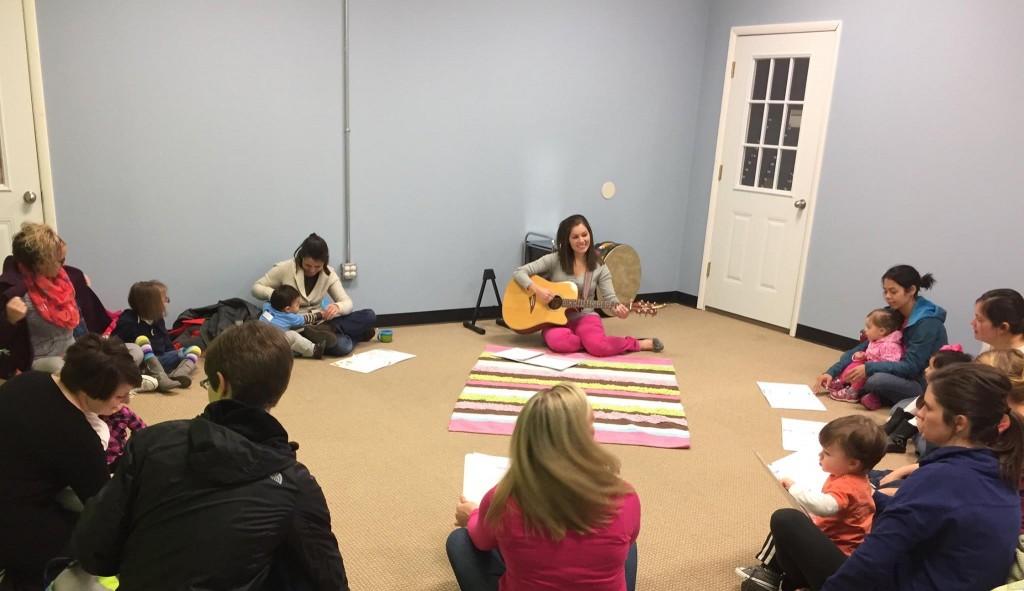
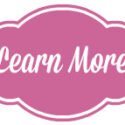
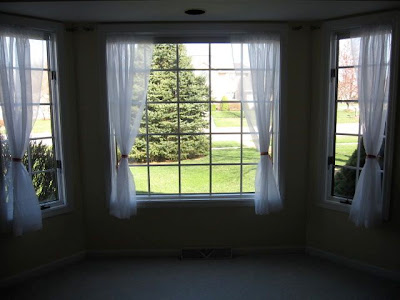

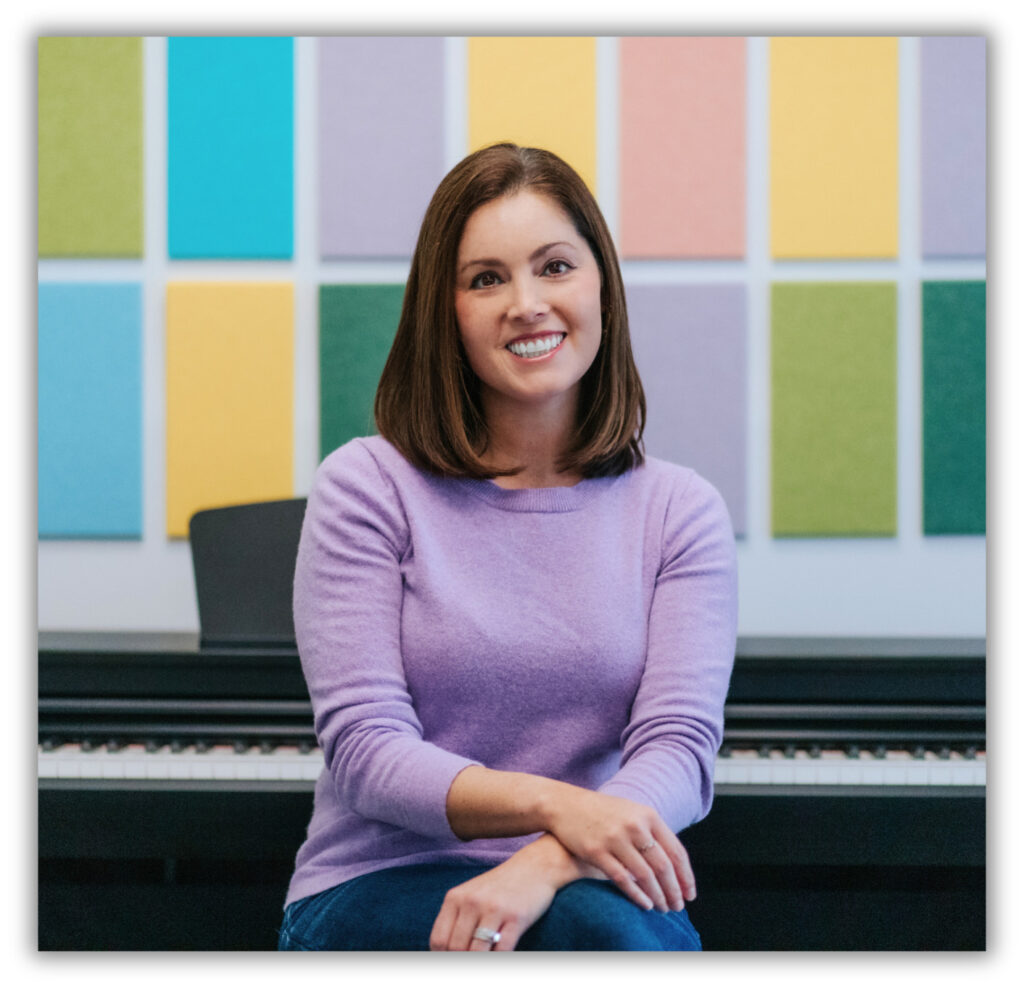
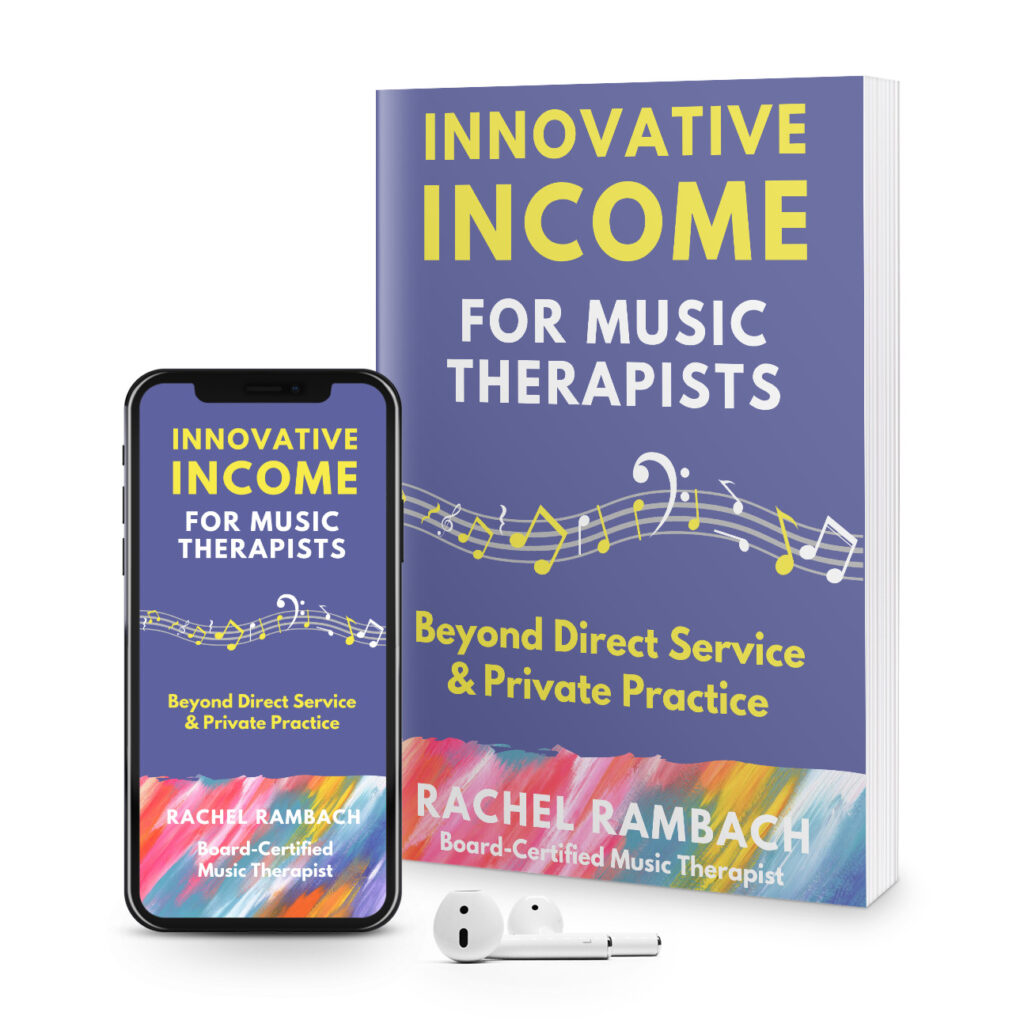
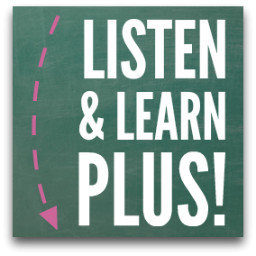
Nice comparison, Rachel! I appreciate a good metaphor. :)
Thanks! Same here…especially when teaching young kids!
Nicely developed metaphor, Rachel! Thanks for this post.
Personally, I like the somewhat related metaphor of building a house (yes…the thought crossed my mind about gender-based preferences, but that sort of implication would of course be a grossly sexist stereotype, and could place my safety in almost certain peril…so I’ll just leave it as a personal preference!).
Following this alternative metaphor, studying a piece of music would involve foundation first (which would actually precede the notes), then basic structures, followed by more and more specific detail and “polishing” (perhaps here some “cleaning” comes in for me). The metronome (if used) would be an instrument of precision construction–like a level. I suppose the county/state inspection would be the equivalent of juried adjudication. And don’t forget the housewarming party–the shared, community experience of the performance (or equivalent).
Now I wonder–any way to apply this metaphor to the process of therapy? Maybe as home repair/home improvement? How might behavioral home improvement versus psychodynamic home improvement compare? Would group work relate to repairing a house together, as a community?
I think this is interesting, particularly because of how often I recall clients in Guided Imagery and Music encountering houses as imaginal metaphors for themselves and their psyches, including the degrees to which those aspects of themselves were fractured, wounded, neglected, etc. House images, I have found, have also been ideal loci for encountering important persons who are/were key players in central relationships within the client’s life. Thus, the house image would serve a metaphorical medium for confronting and working through inner feelings, conflicts, and traumas. I have also found houses to serve as media through which hidden resources and strengths (i.e., “treasures”) can be uncovered–and which may have otherwise remained buried without the active exploration within the music and therapy relationship.
Thus, whether building, repairing, or cleaning, I believe the house (or home) can serve as a particularly poignant musical AND therapeutic metaphor.
All very thought-provoking…but now I need to thanks again for the post!
BA
Thank you Brian, for your comment and for all of the food for thought! I think I’m a fan of the “building a house” metaphor even moreso than mine (and I love your further comparisons); I didn’t even think to extend the idea to therapy, although now that you’ve mentioned it, it’s so glaringly obvious.
That right there would make for a great post in itself, as you have offered an excellent jumping off point. Maybe you or another music therapist would be willing to take a stab at it as a follow-up to mine…any takers?!
Very kind of you, Rachel…I’d be happy to convert this into a new post, if you guide me through that process!
Also, just a note on a typo at the end of my statement (accidentally combining two simultaneous thoughts)–I meant to say, “AND now I wish to say thanks again for the post!”
Best,
Brian
Great metaphor Rachel!
I use a lot of those too with my violin students.
My favorite one this month that has really seemed to draw the best results is:
“Use your bow like it is your hairbrush. Brush the strings. There should be no sticky tangles and you shouldn’t push down too hard.” Got some AMAZING tone from a 7 year old violin player who’s only played 8 months! :)
I agree that most students think the notes are the big assignment. A couple of years ago I changed my whole approach on how I introduce a new piece to a student. We talk about what we see first. We count half notes, then quarter notes. We see if there are any slurs,etc. Then I have the student read aloud the notes to me. This gives me a great assessment of where they are in their note reading comprehension. Next, we do “Music Math” and we check out the time signature. I play each measure and they tell me if it has the correct number of beats in the measure. This way, the student is looking at the rhythm and feeling the beats too. This changed ALOT of my students’ approach to note reading. :) Of course….I purposely play a few rhythms wrong so they have the power to tell me I’m wrong. They LOVE this part. :)
I love your metaphors and approach to note-reading, Amanda!! I’m always looking for new ways to teach (mostly because I bore myself after using the same approach for too long) and will definitely take your ideas into my lessons. Thanks for sharing :)